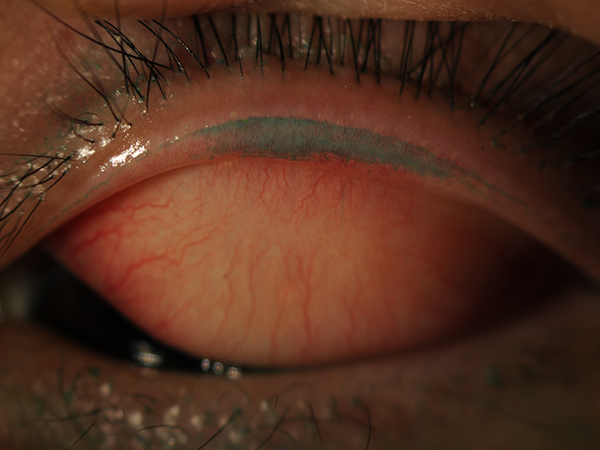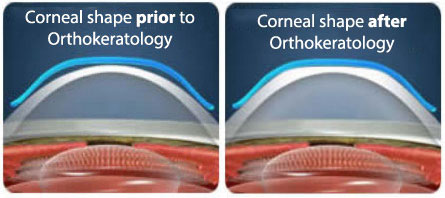Care for patients may be improved as new research will provide optometrists with a better understanding of the influence of eyelids on dry eye and contact lens discomfort
On an average, people blink approximately 11,000 times a day, and like squeaky windscreen wipers on a car, if you suffer from dry eye, this can be an irritating experience.

“Our upper eyelid travels approximately 12cm per minute along the surface of the eye, so it is important that our eyes are well lubricated,” said Carolina Kunnen, PhD Candidate, Brien Holden Vision Institute and University of New South Wales. “Damage of the epithelial cells, at the upper eyelid margin, also called the lid wiper zone, can be the cause of this irritation.”
Optometrists currently use a procedure called lissamine green staining to diagnose this problem. Lissamine green is used to stain the eyelid and highlights the unhealthy cells. Clinicians use grading scales as a reference to rate the severity of the cell damage at the lid wiper margin and to make treatment recommendations.
However, grading relies highly on the ability and accuracy of the clinician. Research from Brien Holden Vision Institute has shown that inconsistency between clinicians resulted in low reliability and agreement when grading this condition. “We have now developed a novel software program which can automatically assess the cell damage at this region,” said Ms Kunnen. “The software will contribute to better understanding of cell damage at the lid wiper region. This research will extend knowledge of the influence of the eyelid margin on dry eye and contact lens wear, and hopefully lead to improving care for dry eye patients across the world.”












